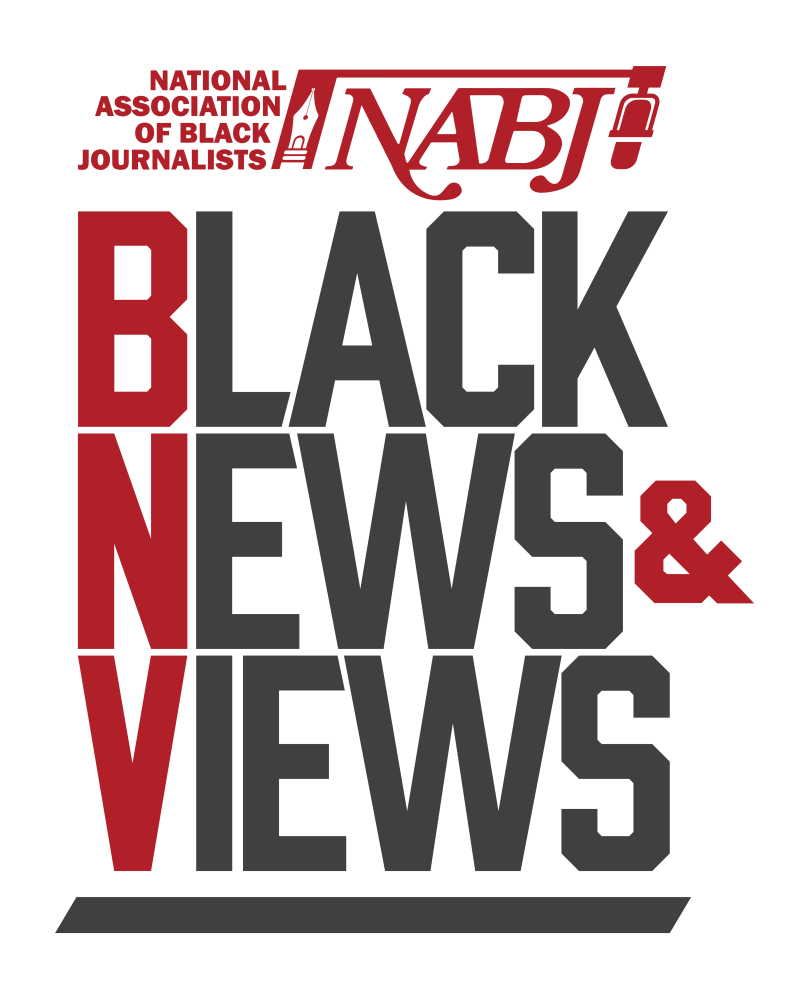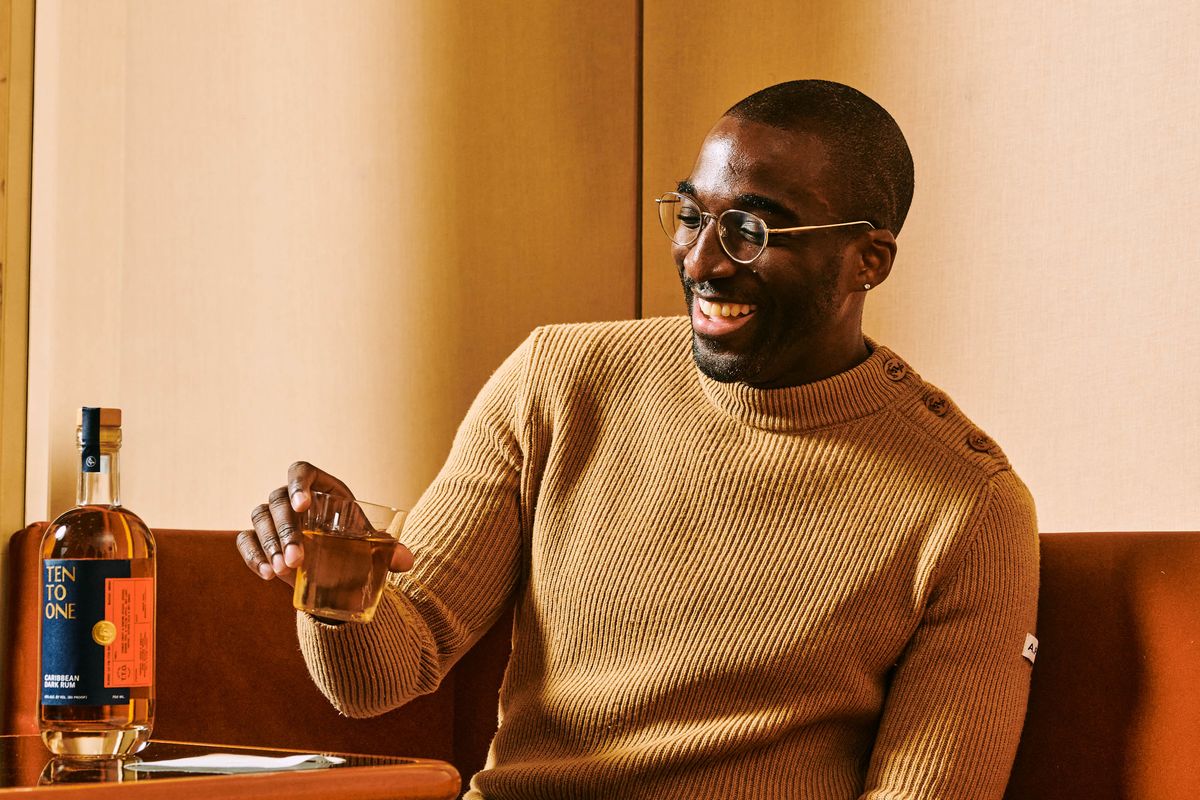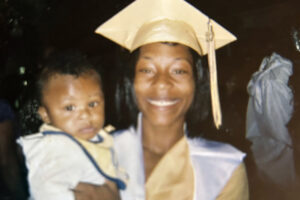Bloomberg — Rum is finally having its moment.
From 2021 to 2026, premium-plus rum volumes in the US are expected to climb by a compound annual growth rate of 7%, according to IWSR Drinks Market Analysis’ latest available forecast. Consumption is on the rise not just in the US but also in markets such as France, UK, Germany, Italy, Spain, Belgium, Luxembourg, Canada and Australia. According to Drizly’s 2023 trend report, 33% of survey respondents chose rum as a spirit they plan to purchase most this year, beating bourbon and just trailing tequila.
That’s all good news for Marc-Kwesi Farrell. The Trinidad-born and -raised founder made a big bet on the spirit when in 2018 he left the security of Starbucks Corp, where he served as vice president of global retail and beverage innovation, to launch Ten To One. Now chief executive officer, Farrell had been working on the concept for a year and a half on weekends and nights prior to shaking up his life and saying goodbye to Seattle for New York.
Ten To One isn’t your typical rum. Rather than being a single-origin product, it reflects a true pan-Caribbean spirit. Its two expressions—a light and a dark—use rums distilled in four different Caribbean countries, which are then blended in distinct ratios. Since 2020 its products have racked up more than 50 accolades from the World Rum Awards, USA Spirits Ratings, Asia LA Spirits Awards and London Spirits Competition, among others.
“Every other major spirit category has had their moment in the sun. Tequila has been enjoying it for like a decade now, American whiskey, and gin. You’re kind of seeing this kind of groundswell that’s emerging that we find is certainly very encouraging,” says Farrell of rum’s resurgence. It used to be colonial America’s favorite spirit, after all. “I think we’re on the front edge of it.”
Ten To One dark rum retails for $45 and the white goes for $33, with annual production “in the hundreds of thousands” of liters, according to Farrell.
Farrell’s faith in the spirit is born out of his Trinidadian roots and passion for the diversity of Caribbean culture. He says rum has always been his favorite alcohol and that he’s a pretty social guy. Still, as a Harvard Business School graduate living in the US, he was frustrated with the general perception of rum outside the Caribbean.
“The narrative around rum for a long time has been very caricatured, narrow, a little trope-ish—it’s all these cartoony pirates and plantations,” he says. You might call it the Captain Morgan effect.
“I walked into a bar in SoHo in New York with a bunch of my buddies, and the guys who are drinking tequila or American whiskey or mezcal were being provided with more and more options to elevate their taste,” Farrell continues.
At the same time, the stories being told about other spirits were becoming more refined, he says—more craft-oriented—whereas rum wasn’t afforded that chance. That’s when Farrell saw a real business opportunity to fundamentally change the way in which people understand, experience and talk about rum, not as a low-end spirit but as “a high-quality, versatile, dynamic liquid.” Changing the narrative of rum is central to Ten To One’s mission of showcasing authentic Caribbean culture.
The Road to Rum
Farrell’s journey from white-collar executive to rum entrepreneur isn’t a linear one, but was shaped by the early curiosity he felt about the world while growing up in a small country, he says. After finishing high school in Trinidad, Farrell traveled solo to Boston to attend Massachusetts Institute of Technology at age 16.
“I was a little kid with big dreams,” Farrell says, dreams that were nurtured by parents who made it clear to him there was no ceiling on what he could accomplish and where he could go.
He took a big stab at entrepreneurship by launching his first startup in the sports and media realm in 2010 after graduating business school and moving to New York that year. Fanlime was an online sports media and e-commerce platform offering fans exclusive content from their favorite star athletes—interviews, music playlists, videos and chats, for example—as well as unique merchandise created in collaboration.
In spring 2015, Farrell had a chance meeting in New York City with Howard Schultz, the Brooklyn, NY-born billionaire Starbucks CEO, who persuaded him to join the company team in Seattle. Farrell subsequently became the youngest vice president in Starbucks history.
Farrell points to his Starbucks time as his “finishing school.” He was in charge of running the global commerce business and took on the “retail lobby” as well—the front-of-house area of the coffee shops across the US, including the packaged beans, food and merchandise. It taught him the importance of creating a product and branding.
“If you have 18,000 stores, how are you going to have the same experience?” he says. “Each one is a bit of a snowflake—how you get these things out to market, managing a very complex supply chain, keeping the partners and each of the stores engaged and inspired.”
The experience of working on the consumer side “at an iconic brand with an iconic leader,” Farrell says, was a big source of inspiration: “What it looks like when someone has built a business through the lens of who they are and what they care about.” Starbucks’s story isn’t just about coffee, he explains, it’s the story of community and the story of the third place.
Sharon Rothstein, his former boss when she was chief marketing officer at Starbucks, sits on the board of Ten To One. An August 2022 Series A round shows $10.6 million in funding, according to PitchBook, although Farrell declines to disclose current financials. Pronghorn, an accelerator based in New York that focuses on elevating Black entrepreneurs in the spirits sector, recently invested an amount that the Ten To One CEO characterizes as “meaningful.”
The company’s products are sold in 20 states across the country, including New York, California, Florida, Texas, Illinois and Georgia. Several thousand points of distribution include bars, restaurants and some of the larger liquor store chains: Total Wine & More, Binny’s, Bevmo! and Spec’s. In travel and hospitality, the Hyatt Lifestyle Group and Delta Sky clubs carry Ten To One. Farrell hopes to soon expand its Caribbean footprint beyond Trinidad and Tobago into Anguilla, Antigua and Saint Lucia.
A Pan-Caribbean, Craft-Forward Brand
To set itself apart from classic Caribbean rums—your Brugals and Bacardis, your Ron Zacapas and Rhum Barbancourts—Farrell has been careful to use language as specific as the blends. His terms include what one might normally associate with a fine wine or a Scotch whisky: provenance, terroir and unique distillation methods. “They’re equally applicable to rum,” says Farrell.
At a tasting of his dark rum, for example, Farrell would tell you about the “barrel aging notes” you’re getting: “baking spice, cooked fruit, a little bit of banana peel on the nose, while on the palate, you’re getting a little bit of cedar, vanilla, toffee caramel.” These are not flavors, Farrell insists, saying there’s “no artificial anything” included, unlike what many mass rum brands put forth. He declines to name names, noting that additives are something rum struggles with as a spirit category.
Ten To One’s white blend includes Dominican column still rum and high-ester pot still rum from Jamaica (that is, it has a lot of volatile and aromatic compounds that come off fruity funkiness known as hogo). The final product offers notes of lemongrass and ripe citrus with a little white pepper on the palate. The dark blend mixes Jamaican and Trinidadian spirits with 8-year old rums from the Dominican Republic and Barbados, each aged in American white oak ex-bourbon casks. Everything gets bottled in the US.
Farrell characterizes his process, as well as the proof (45% alcohol by volume for the white and 40% ABV for the dark), as craft-forward, positioning Ten To One as a contemporary lifestyle brand. The ongoing rise of cocktail culture, with rum being increasingly seen as a premium drink on par with whisky and cognac—as ISWR analysis shows—points to that need. The lifestyle component has always been essential to premium alcohol marketing. You’re not just selling a spirit but a story, too.
As for that story, it’s right in the brand’s name. Ten To One is a reference to a quote from Trinidad’s first minister, Eric Williams, who created the 10-nation Caribbean Federation and said, “One from ten leaves zero.” Remove one from the collective and the whole thing falls apart, Farrell explains. “Ten To One is a brand based on the idea of community strength in numbers; we are stronger together than we are apart.”
That underlying message of Caribbean unity and collaboration through a blended rum from countries that were often politically and colonially opposed—such as Jamaica and the Dominican Republic—is likely to resonate in this region of diverse peoples and histories that gave birth to a shared passion for the spirit.
American singer and celebrity Ciara joined Ten To One as a brand ambassador, investor and co-owner in 2021. Farrell says he’s proud of the illustrious figures who have supported the brand and what he’s been doing from Day 1. Still, he believes success isn’t defined by a single big moment, rather a series of quieter ones.
“It’s the feeling you get when you’ve created this product, you’ve put it out there in the wild, and you walk into a bar in New York City and someone you don’t know—who’s not your friend—walks up alongside you and orders that Ten To One and talks about this incredible rum that he discovered. You’re, like, holy s—, how do you know about this?” says Farrell. “Those are the moments I feel like we’re on to something here.”
To contact the author of this story:
Lebawit Lily Girma in Baltimore at lgirma1@bloomberg.net








